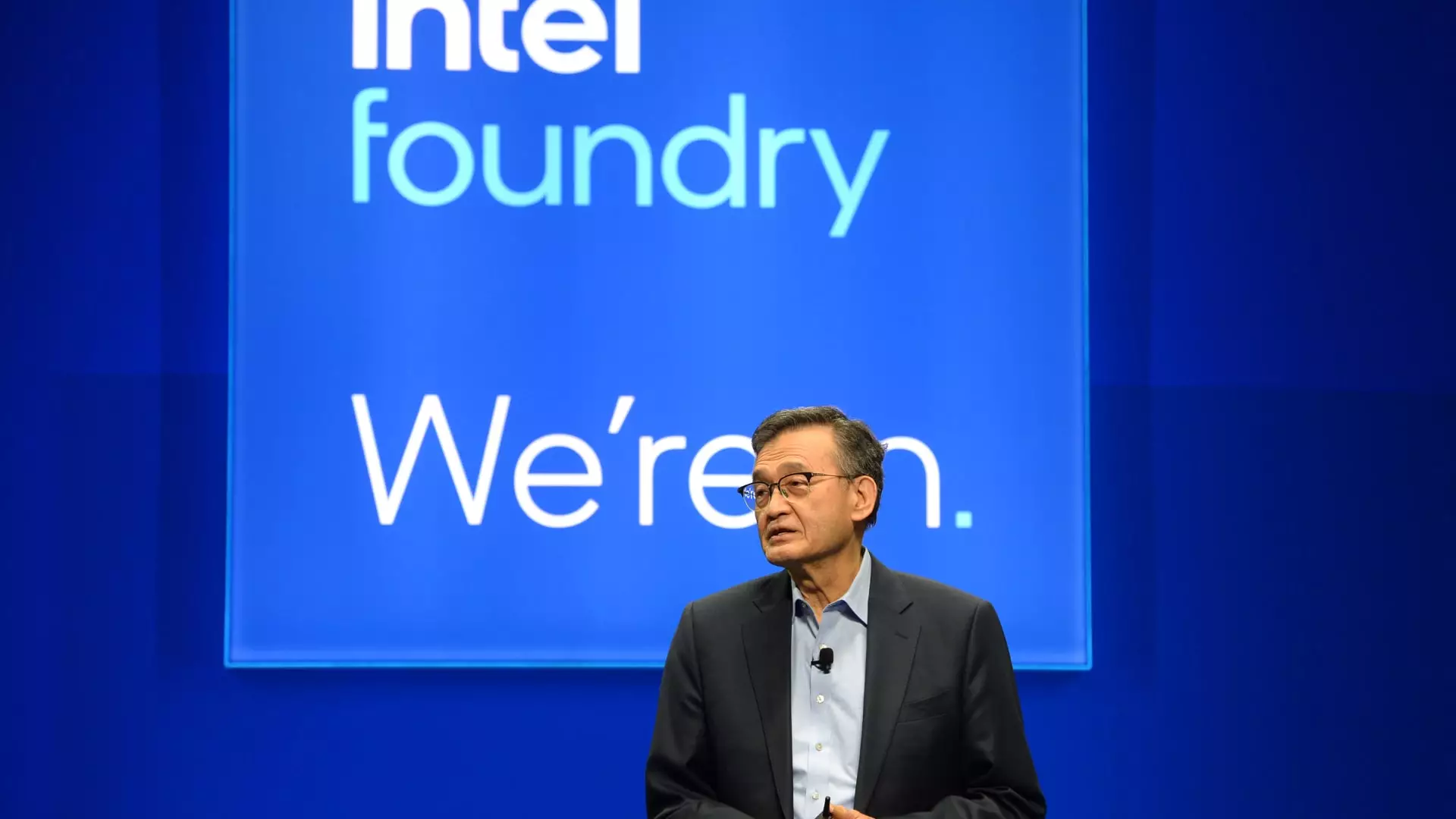In recent months, Intel’s stock performance has painted a stark picture of a company at a crossroads. Despite a better-than-expected earnings report, investors’ confidence sharply waned, culminating in an over 8% drop following revelations of drastic cost-cutting measures. This paradox highlights a fundamental disconnect: a financial beat masking deeper operational and strategic issues. Intel’s apparent short-term resilience is, however, undercut by persistent doubts about its long-term prospects. The company’s ability—or failure—to disrupt market leaders like Nvidia in artificial intelligence, compounded by its troubled foundry ambitions, underscores a precarious position that requires more than surface-level fixes.
Failed Strategies and Overambitious Expansion
A critical analysis reveals that Intel’s recent troubles stem largely from excessive ambition paired with poor execution. The company’s aggressive investments in new manufacturing facilities—most notably in Germany, Poland, and Ohio—have resulted in a fragmented, underutilized plant footprint that drain resources without delivering corresponding returns. CEO Lip-Bu Tan’s admission that the company “invested too much, too soon” signals a recognition of strategic missteps, but it does little to dispel concerns. Overexpansion, driven by the desire to reclaim manufacturing leadership, has instead left Intel saddled with excess capacity and $800 million in impairments for unused tools. This pattern of overreach exacerbates the financial strain and introduces significant uncertainty into the company’s future.
The Disconnect Between Public Promises and Market Realities
Perhaps the most alarming aspect of Intel’s current predicament is its wavering commitment to open foundry services. The company’s recent filing suggests it might abandon the foundry business altogether if it cannot secure external customers for its next-generation nodes. This pivot underscores a painful truth: Intel’s bet on becoming a third-party chip manufacturer is faltering amid a market dominated by specialized players like TSMC. The company’s failure to attract meaningful external clients reflects both technological and trust issues—potentially the consequences of past delays, while competition continues to tighten its grip. With no assured domestic and international clients, Intel’s foundry strategy appears increasingly precarious, riskily hinging on uncertain future deals.
The Real Failures and the Myth of a Turnaround
The narrative that Intel might be turning a corner is, upon scrutiny, largely illusory. CEO Tan’s candid acknowledgment of turbulent initial months signals a recognition of the need for drastic repositioning, but it also highlights the depth of the crisis. Market share erosion, especially to rivals like TSMC and Nvidia, reveals the firm’s comparative weakness in core high-growth sectors like AI. The company’s slow progress in capturing AI innovation—despite being a heavyweight—is a testament to organizational inertia, perhaps rooted in legacy strategies that no longer serve this industry’s rapid evolution.
Inherent Challenges and Uncertain Future
Ultimately, Intel’s predicament is emblematic of a broader challenge faced by legacy chipmakers: adapting swiftly in a fast-moving ecosystem. The leadership’s focus on infrastructure over innovation, combined with overambitious expansion plans, has backfired. While cost cuts and layoffs might stabilize short-term margins, they do little to address structural issues—namely, competitive stagnation and misplaced strategic priorities. Intel remains caught in a cycle of underperformance, with its future heavily dependent on successfully navigating a fiercely competitive market and convincing external customers to buy into a once-dominant but now struggling manufacturing model.
Intel’s current trajectory exposes a company that is outwardly refocusing on profitability but inwardly struggling with fundamental strategic flaws. The coming months will reveal whether it can reinvent itself or become a cautionary tale of overexpansion and the peril of resting on historical laurels.

